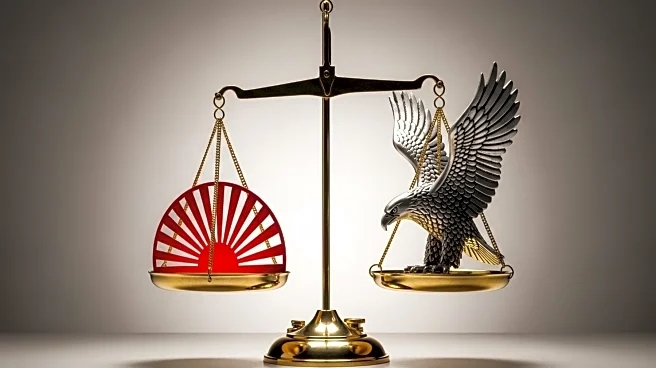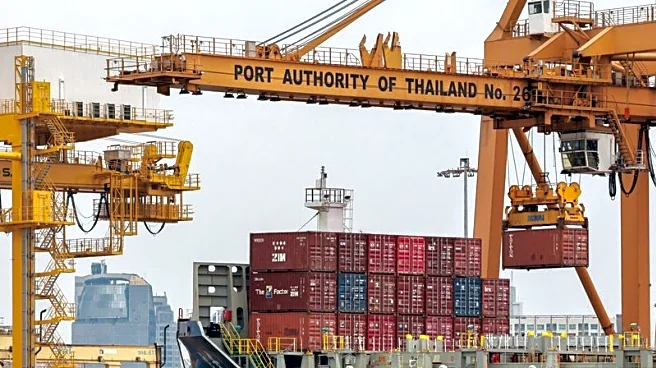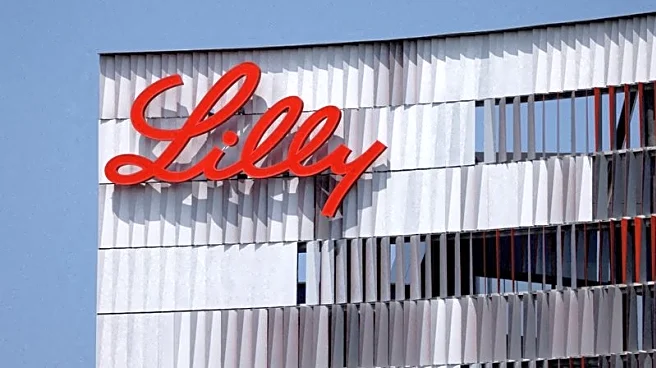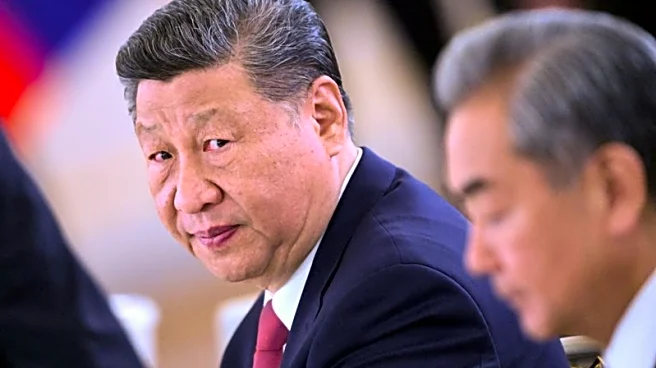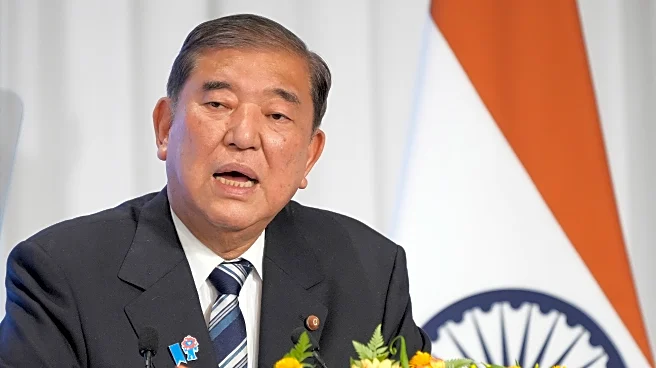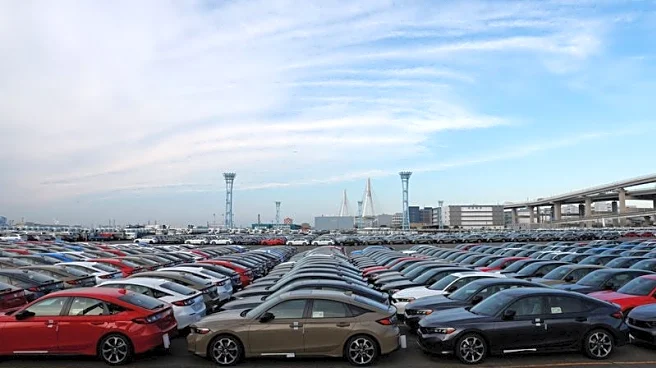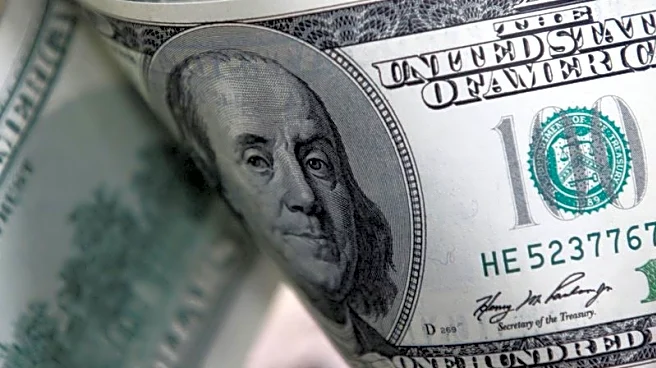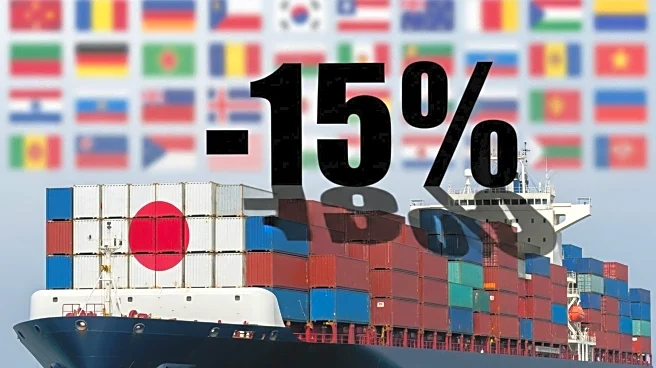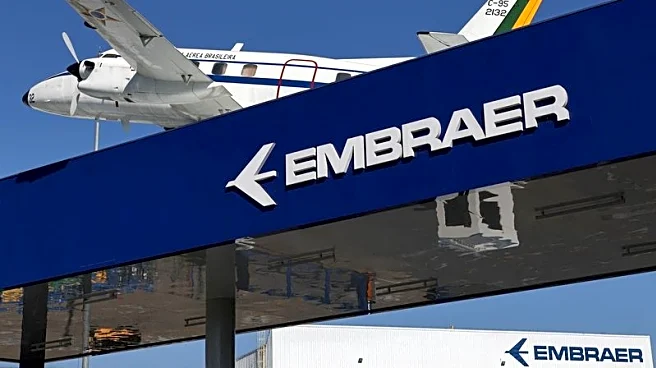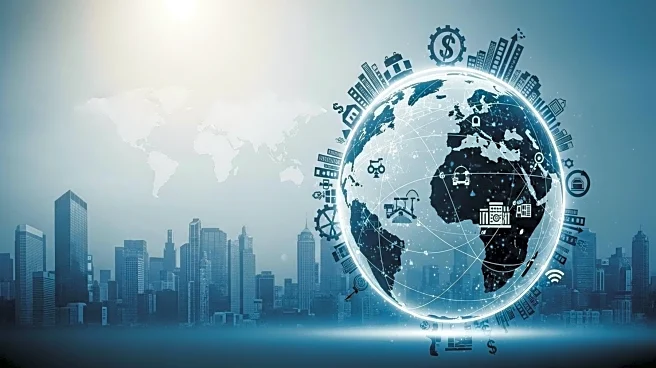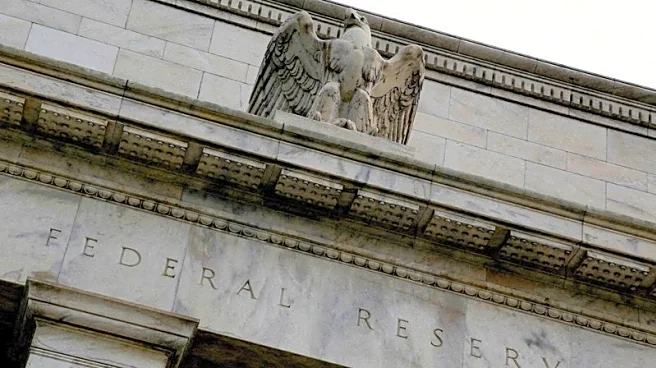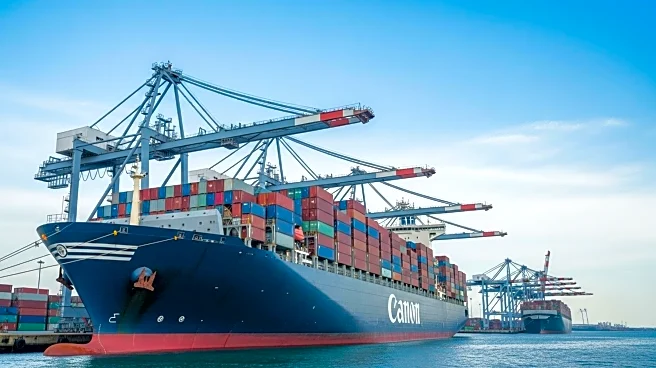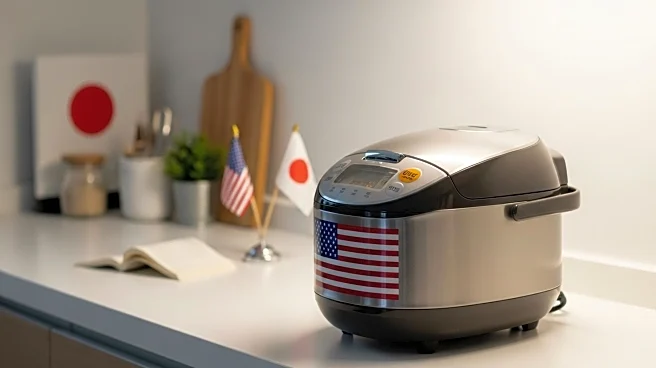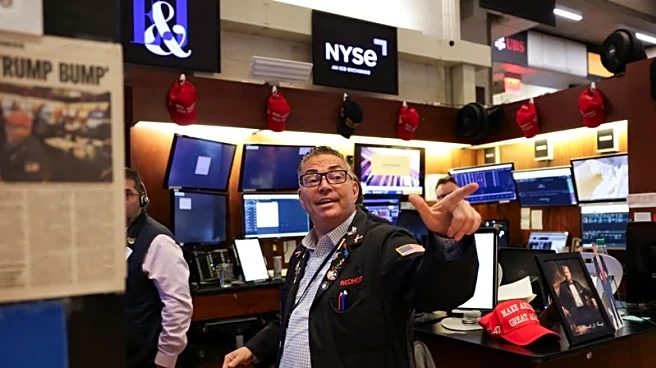What is the story about?
What's Happening?
President Trump has signed an executive order to formalize a trade agreement with Japan, setting a maximum 15% tariff on most Japanese products, including automobiles and parts. The deal, initially reached in July, includes Japan's commitment to create a $550 billion U.S. investment fund. The agreement was finalized after negotiations between Washington and Tokyo, with Japan's top trade negotiator, Ryosei Akazawa, meeting with President Trump in Washington. This development marks a significant step in U.S.-Japan trade relations, aiming to enhance economic ties and investment opportunities between the two nations.
Why It's Important?
The implementation of the 15% tariff on Japanese imports is a pivotal move in U.S.-Japan trade relations, potentially boosting Japanese automakers' profit margins and stock prices. The agreement also includes Japan's substantial investment in U.S. projects, which could stabilize supply chains and create synergies for Japanese firms. However, the requirement for 90% profit repatriation raises concerns about the sustainability of these commitments. The deal reflects broader trends in trade policy, emphasizing economic goals and strategic partnerships, while also posing risks of policy reversals or retaliatory measures from other trading partners.
What's Next?
The trade agreement is expected to have immediate effects on Japanese automakers and pharmaceutical firms, with potential strategic considerations for long-term investments. The tariff reduction applies retroactively to goods shipped as of August 7, 2025, mitigating losses from earlier high tariffs. Stakeholders will need to navigate the complexities of U.S. trade policies, including high tariffs on intermediate goods like steel and aluminum, which remain in place. The deal may also influence future negotiations and policy shifts, impacting the cost-benefit calculus for Japanese firms and investors.
AI Generated Content
Do you find this article useful?
